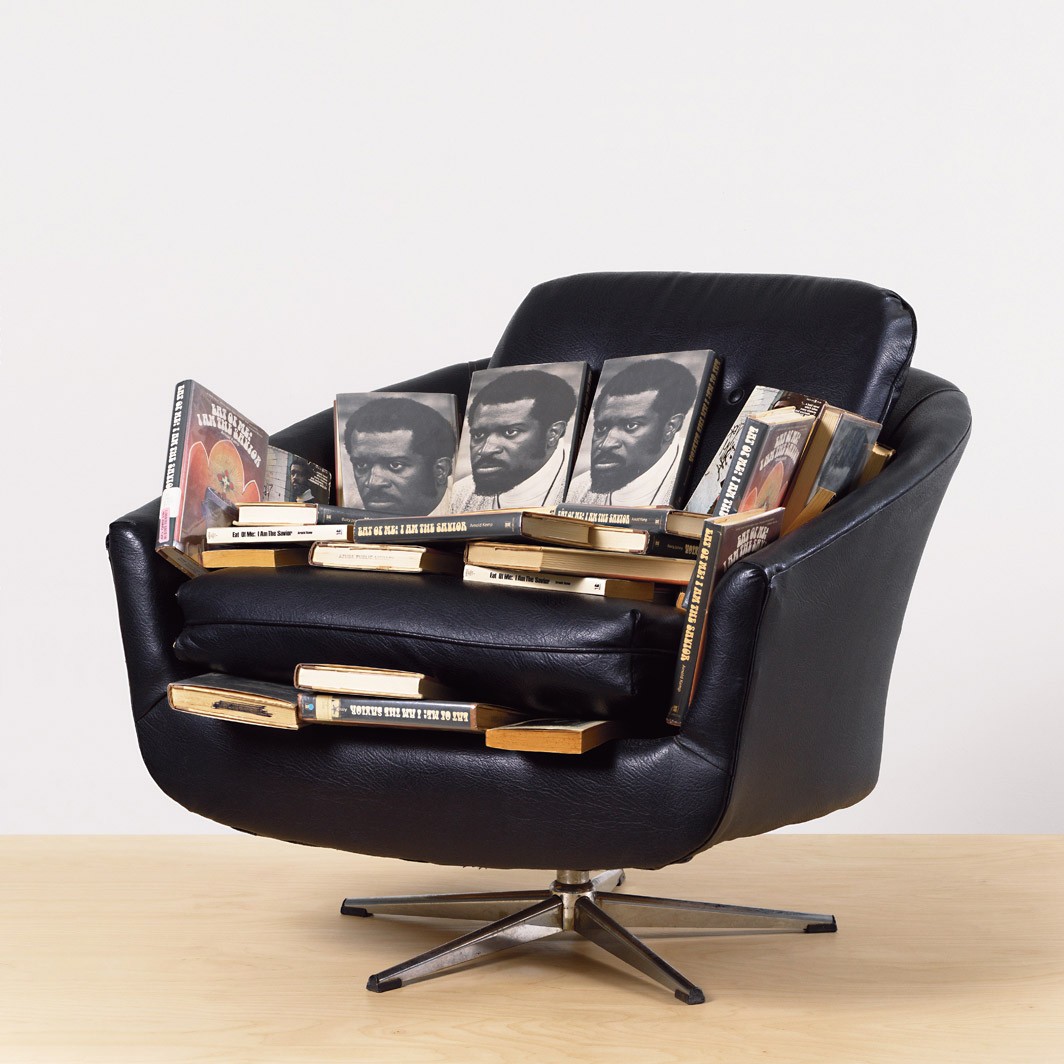In my inaugural year as the Andrew W. Mellon Professor, I focused on completing two anthologies that recast the genealogies and geographies of modern art “through a glass darkly.” First, there is Black Modernisms, a collection I have the joy of editing with Dean Steven Nelson for the Center’s Seminar Papers series. Featuring interventions by nine leading scholars and practitioners of African and Diasporic art and culture—from Matthew Rarey’s work on 18th-century Brazilian Black vernacular practices to contemporary American artist Simone Leigh’s feminist uptake of African sculpture and architecture—this concentrated yet capacious volume homes in on Black practitioners’ multifarious approaches to the contradictions of modernity. As such, the book aims to pose a pair of fundamental questions: To what extent does Black artistic production force a reassessment of the history of Western modernism, especially if we insist that any aspect of the modern is necessarily bound up with histories of capital, slavery, and coloniality? Consequently, how might we reassess what Black practitioners have done in, on, and to a field of inquiry predicated, simultaneously, on the utter availability of Black bodies and artifacts and the devaluation of Black artistry and agency?
These questions also implicitly inform my second edited volume, which offers a kaleidoscopic exploration of how artists have negotiated, produced, and contested phantasms of Black masculinity in the United States since the 1960s. Entitled “Touched by the Mother”: On Black Men, the Aesthetic Field, and Other Feminist Horizons, this collection brings together my articles, essays, interviews, and reviews of the last 20 years on a range of artists who, I would argue, are central to any appreciation of contemporary American art. They include: Mark Bradford (b. 1961), Barkley Leonnard Hendricks (1945–2017), Steffani Jemison (b. 1981), Noah Purifoy (1917–2004), as well as Arnold J. Kemp (b. 1968), whose work I had the pleasure of introducing this March in Artforum. Taken together, the more than 30 texts assembled in “Touched by the Mother” offer a multifaceted perspective on the methods of American art and discourse over the last 50 years; a personal meditation on what it means to navigate the worlds of contemporary art and culture as a Black gay man; and a fresh consideration of the dynamics that continue to produce African Diasporic males as vital sites of violence, creativity, and contestation in public life.
The book takes its title, however, from the work of Black feminist cultural critic Hortense J. Spillers. In “Mama’s Baby, Papa’s Maybe” (1987), her indispensable essay exploring the effects of slavery on African American constructions of gender and family, Spillers comes to an astonishing conclusion: because of the Black father’s inability to claim, protect, or even know his children in the context of bondage, she argues, the “African-American male has been touched, therefore, by the mother, handed by her in ways that he cannot escape….[T]he black American male embodies the only community of males handed the specific occasion to learn who the female is within itself….It is the heritage of the mother that the African-American male must regain as an aspect of his own personhood—the power of ‘yes’ to the ‘female’ within.” In their emphasis on embracing those aspects of the self that normative gender categories would foreclose, Spillers’s words speak well to my ongoing attempts to develop an explicitly Black queer feminist ethos in life and work.
Yet, my aim in “Touched by the Mother” is not to impose an essentializing narrative on cultural production. Rather, in bringing together my engagements with, by, and about men of African descent, I hope to accent the radical openness and particularity of these practices despite the cultural regimes intent on reductively casting Black men as interchangeable signifiers. At the same time, an understanding of my personal implication in the processes through which knowledge of Black male cultural practices is produced and disseminated has come to animate the volume. In this sense, “Touched by the Mother” follows the lead of queer and feminist art writers and cultural historians who acknowledge, rather than suppress, the complexities generated by their entanglements in the very artistic procedures they set out to describe.
University of Pennsylvania
Andrew W. Mellon Professor, 2020–2022
In the second year of his professorship, Huey Copeland will turn his attention to two monographic book projects—In the Shadow of the Negress and Forms of the Flesh—which likewise aim to undo our sense of modern art when seen from a Black radical feminist perspective.

